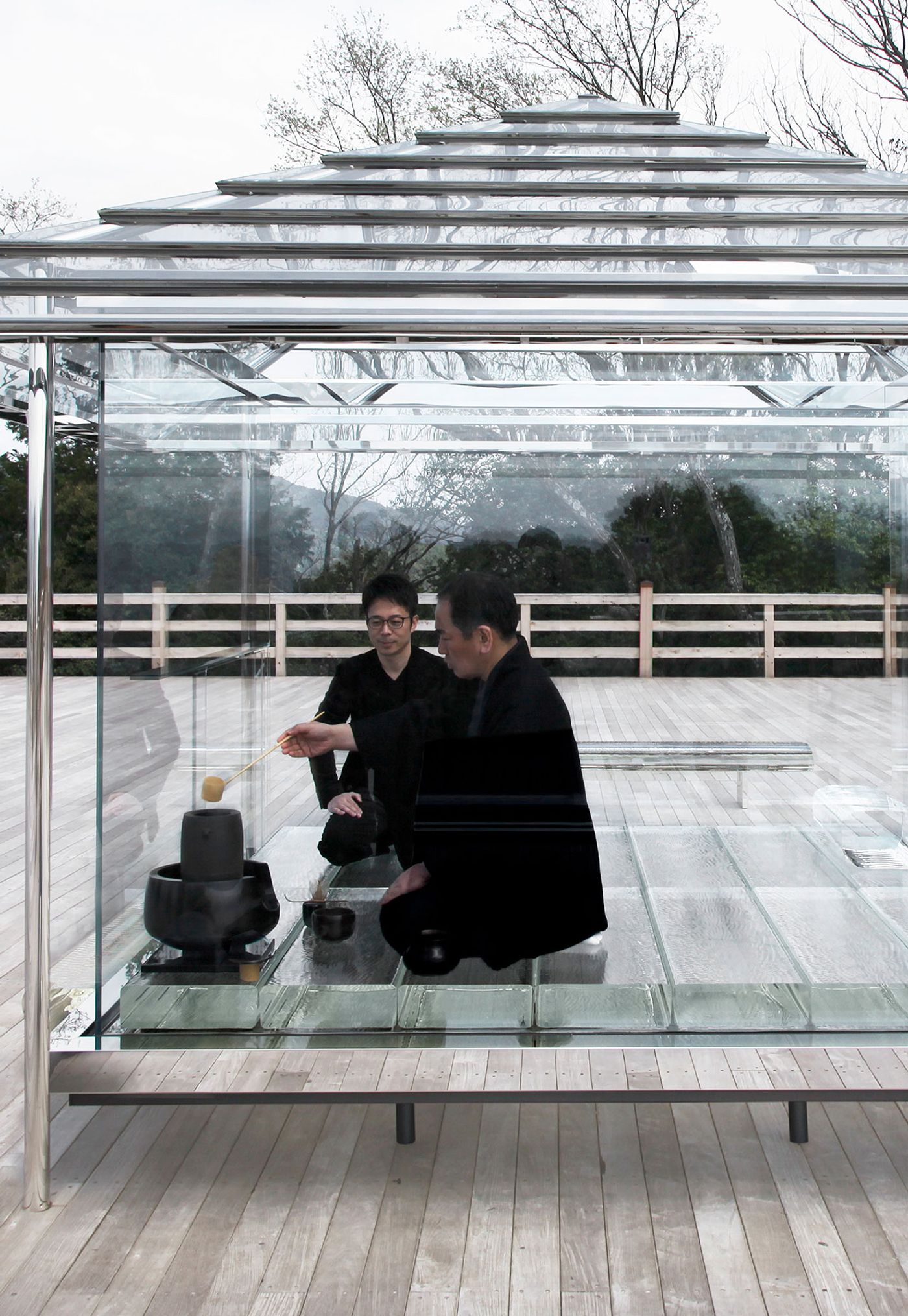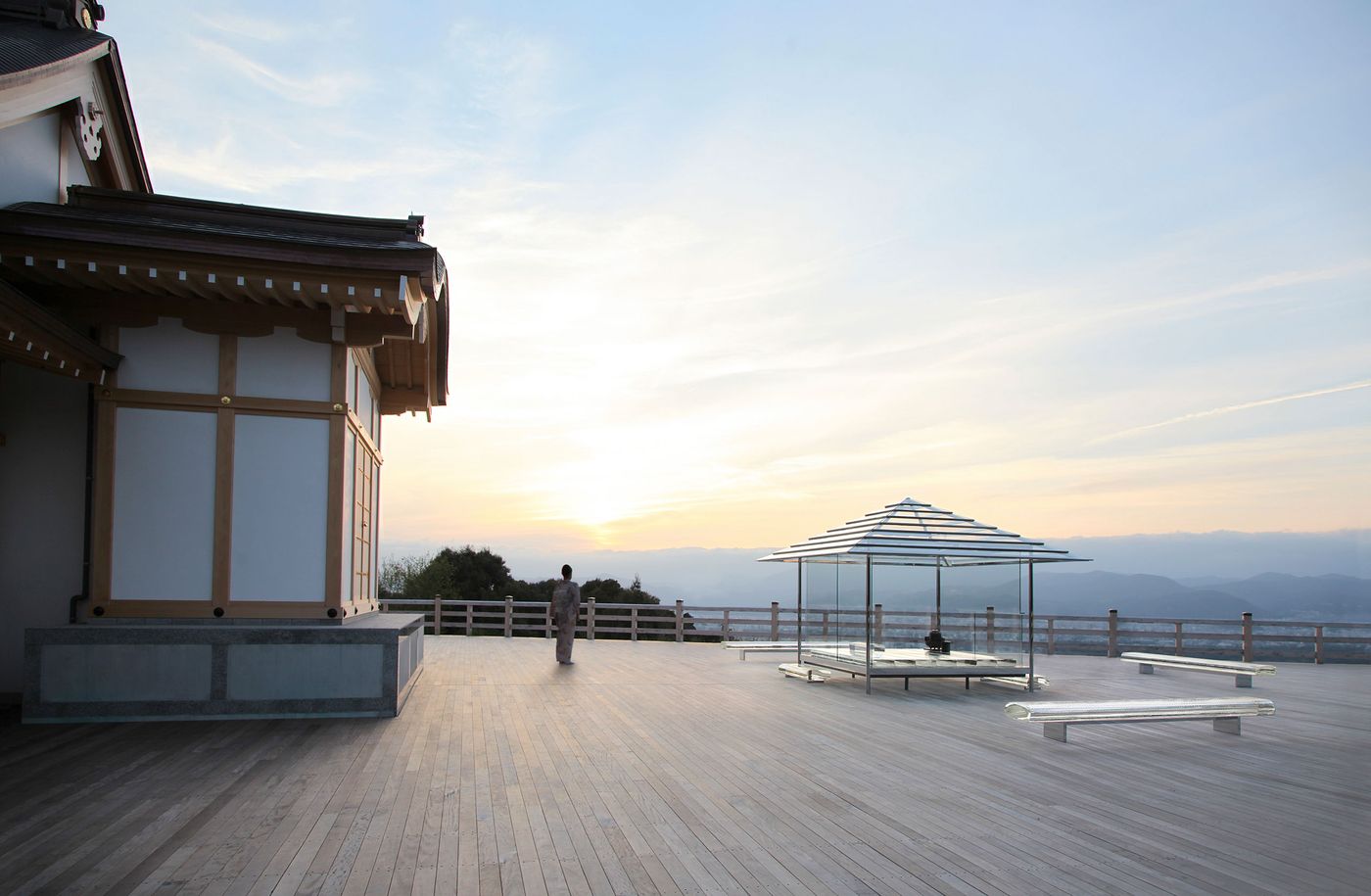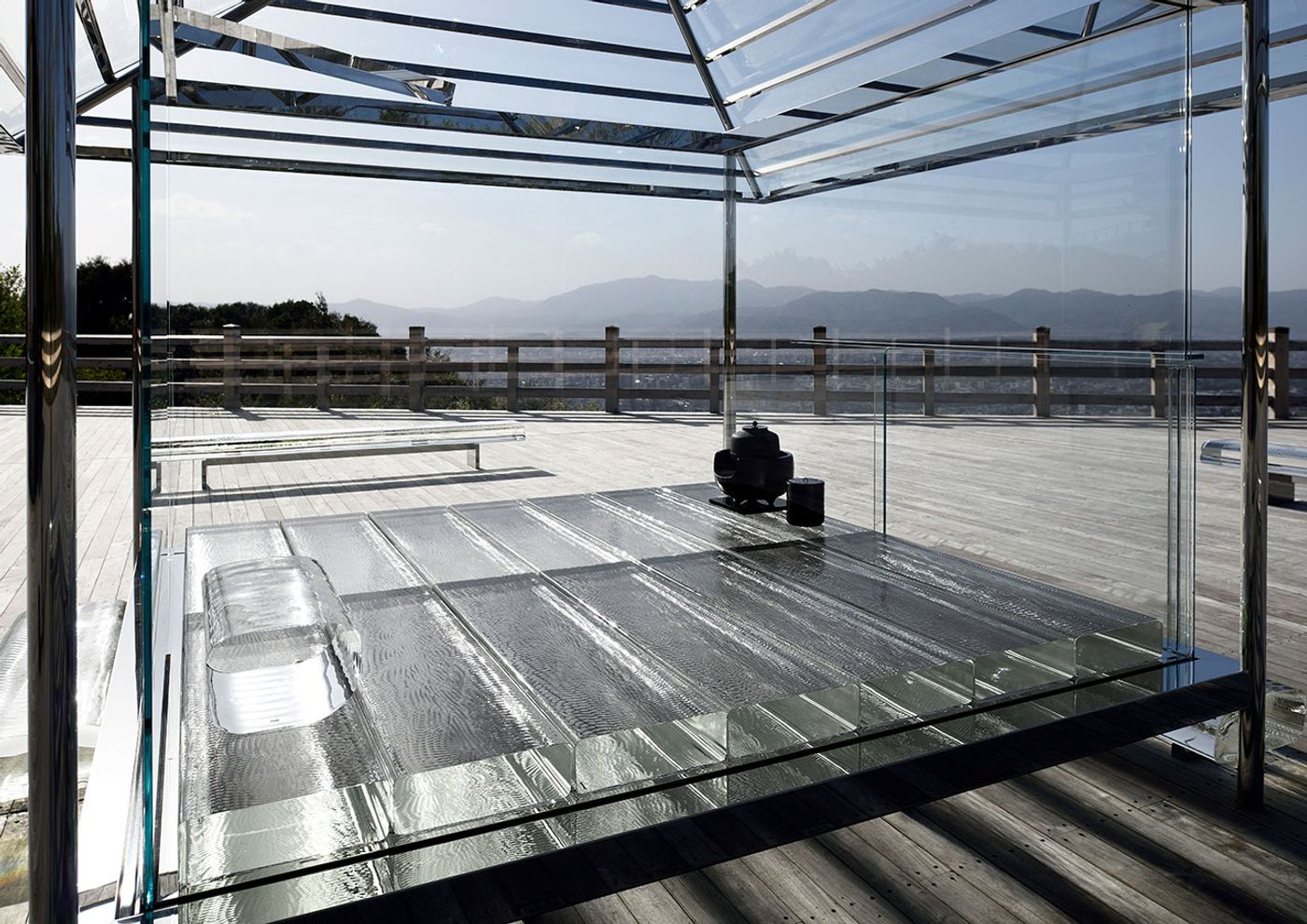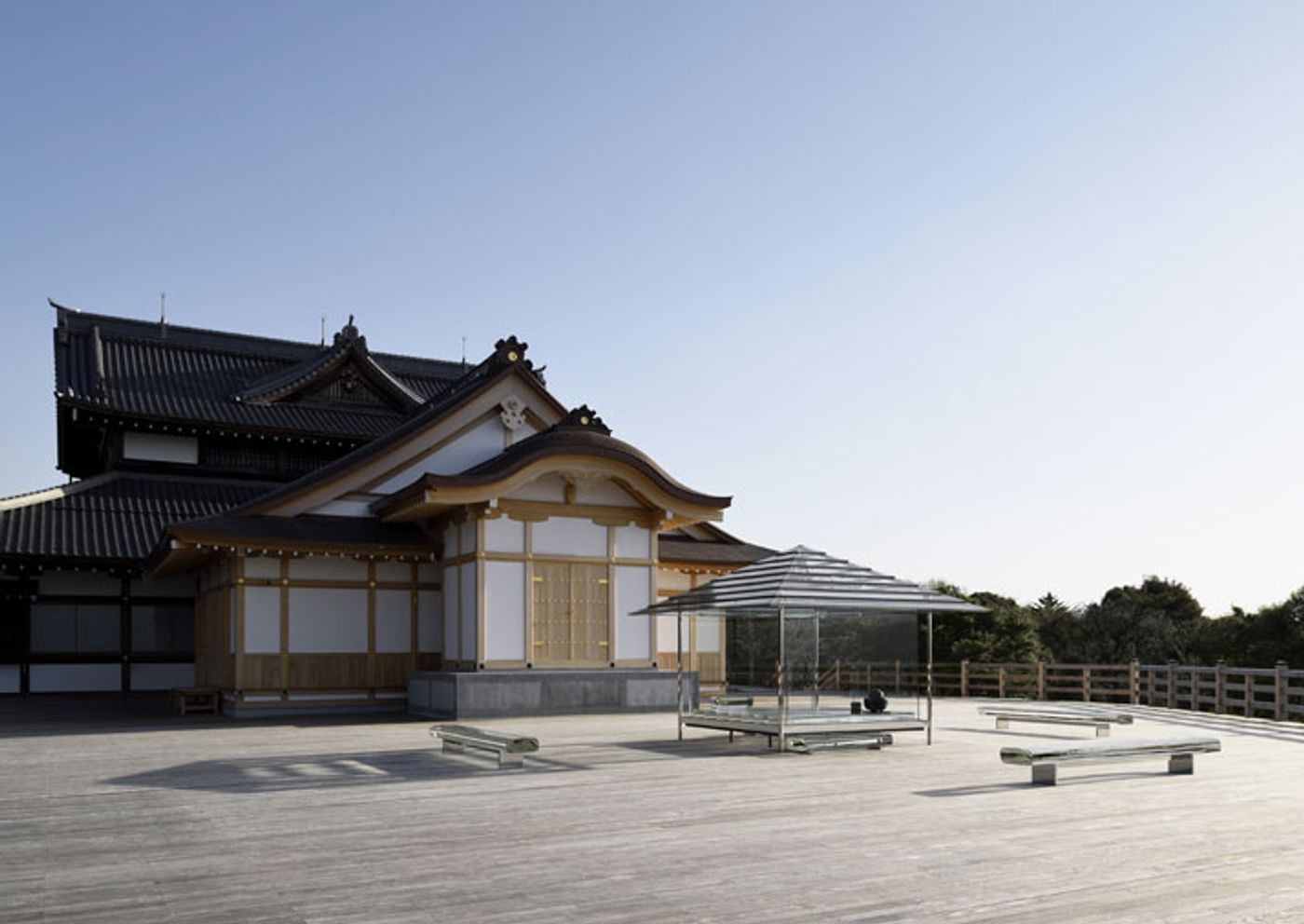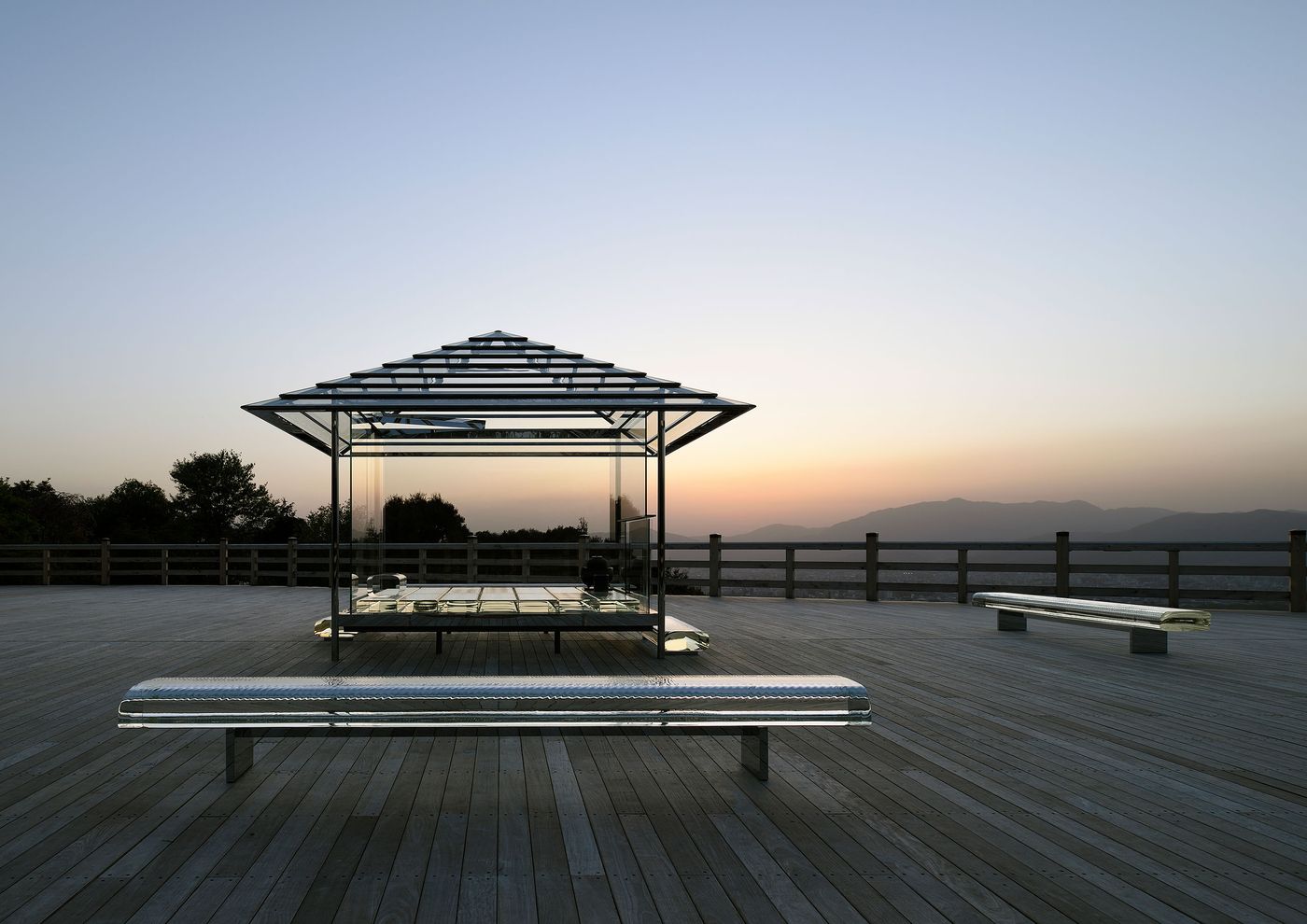
Making Time Visible: Tokujin Yoshioka’s Glass Tea House in Kyoto, Japan
Words by Kiriakos Spirou
Location
Kyōto-shi, 26, Kyoto, 605-0035, JP, Japan
Making Time Visible: Tokujin Yoshioka’s Glass Tea House in Kyoto, Japan
Words by Kiriakos Spirou
Kyōto-shi, 26, Kyoto, 605-0035, JP, Japan
Kyōto-shi, 26, Kyoto, 605-0035, JP, Japan
Location
A recently-unveiled architecture project by the studio of designer and artist Tokujin Yoshioka plays with the conventions of the Japanese tea ceremony tradition. Installed in front of the historical Shoren-in temple on a hill overlooking Kyoto, the KOU-AN tea house is perfectly fitting for performing the tea ceremony — with the only difference being that it is completely made of glass.
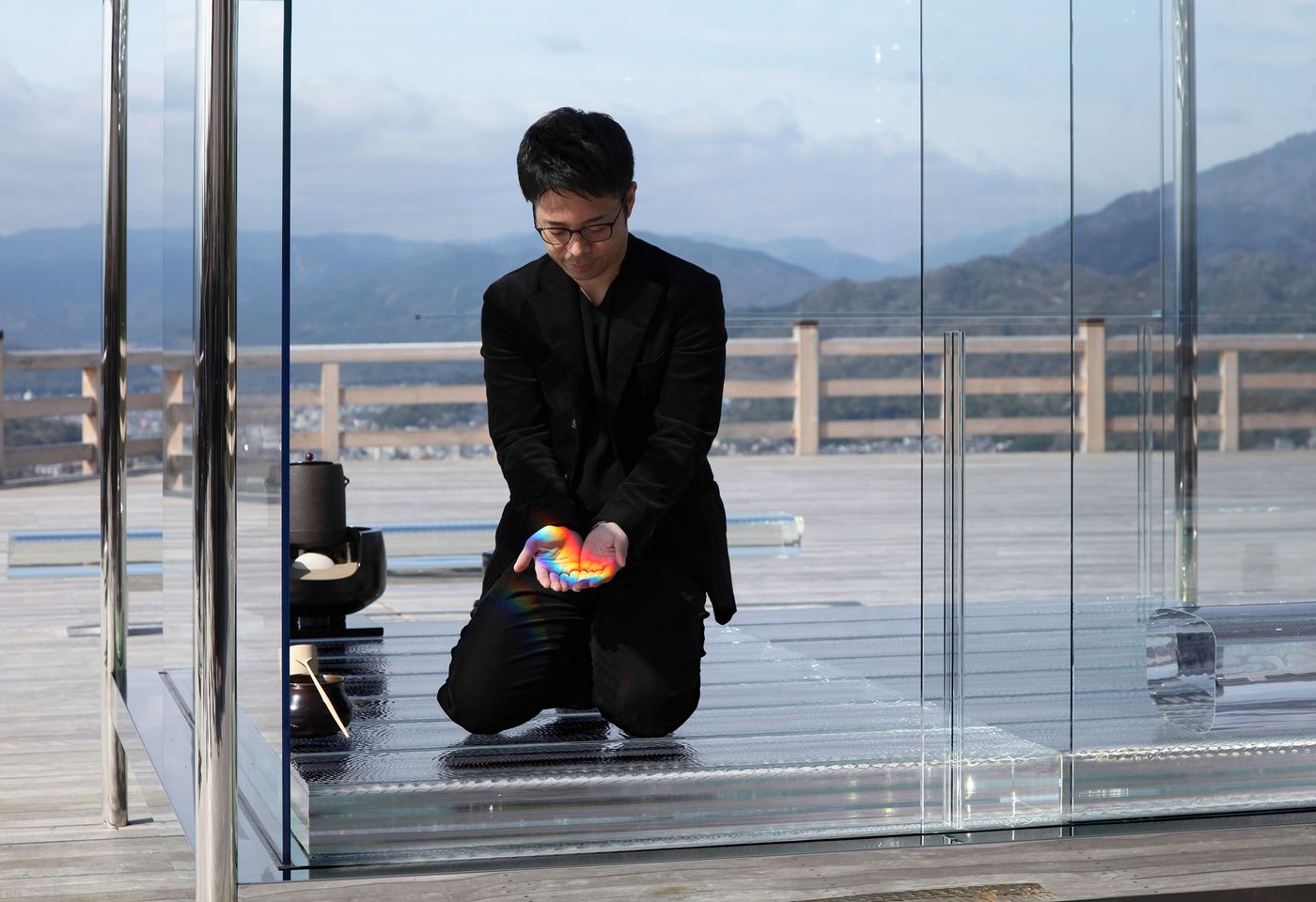
Τokujin Yoshioka KOU-AN Glass Tea House. Photo courtesy of Tokujin Yoshioka Inc.
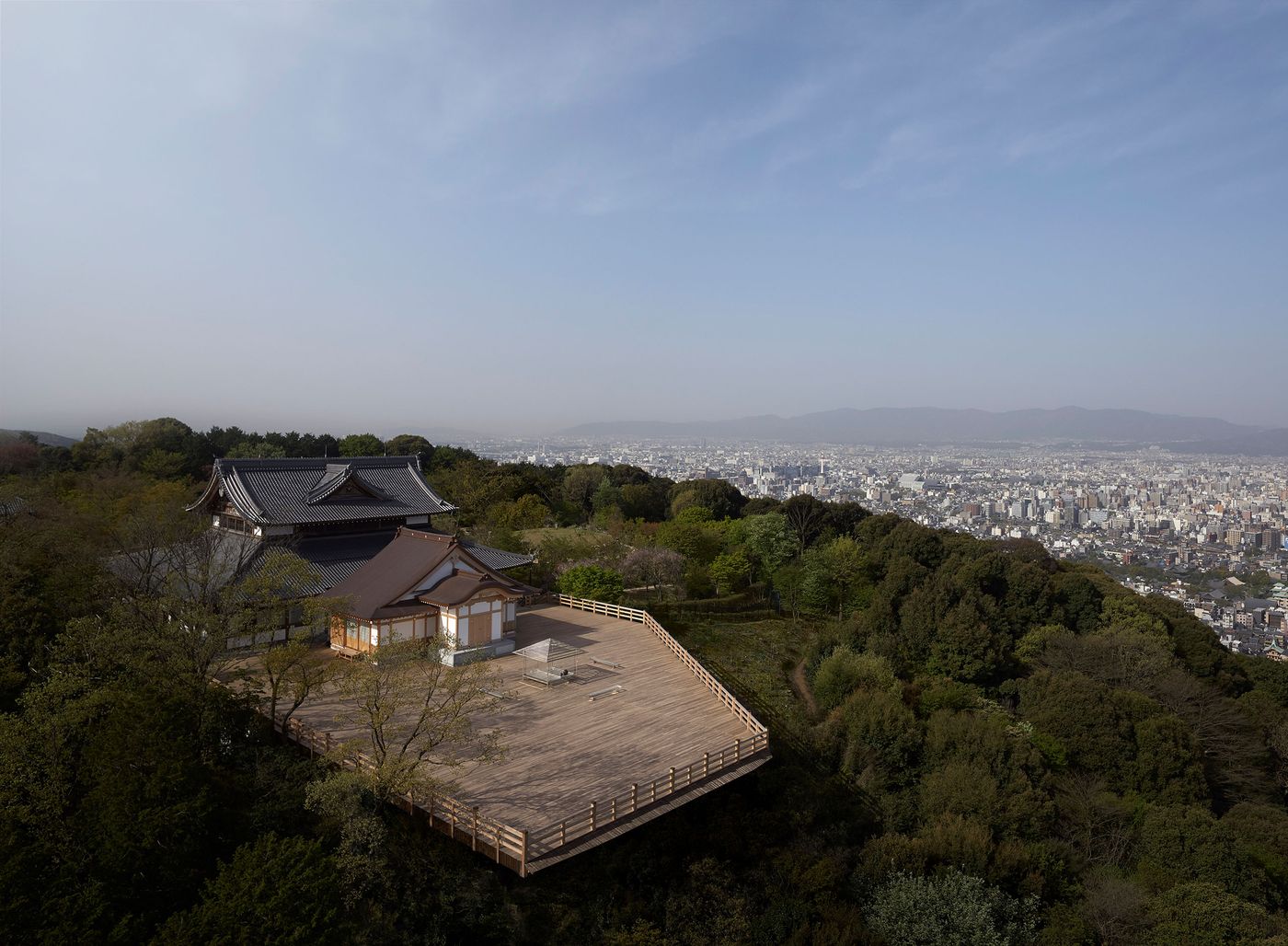
Tokujin Yoshioka KOU-AN Glass Tea House. Photo © Yasutake Kondo.
More often than not built in picturesque gardens, traditional tea houses are pavilions that offer not only the ideal conditions for performing the tea ceremony but also an opportunity for introspection and to connect with nature. Influenced by Buddhism and its principles, the tea ceremony ritual has, over time, developed its own aesthetic and an elaborate set of rules; as far as the location is concerned, the ritual normally takes place in a room or pavilion of particular dimensions which has two entrances (one for guests and one for the host) and is decorated with a special flower arrangement and a calligraphy scroll.
Reinterpreting this tradition, Yoshioka created a fully functional tea house that is completely transparent, as a way to highlight the importance of one being connected to the environment. Instead of flowers, a ray of multicoloured light passes through a prism on the ceiling during certain hours of the day, while the ripples in the glass bars that form the floor remind one of the graceful strokes of Japanese calligraphy. Apart from the project’s aesthetic aspect Yoshioka’s idea of transparent architecture also reveals an interesting insight about design: ‘‘What I consider the most important’’ says the designer ‘‘is to design Time as it is created along with nature. In order to design Time, our sensations need to be relieved of superficial designs, to be integrated with nature and to sense light itself.’’
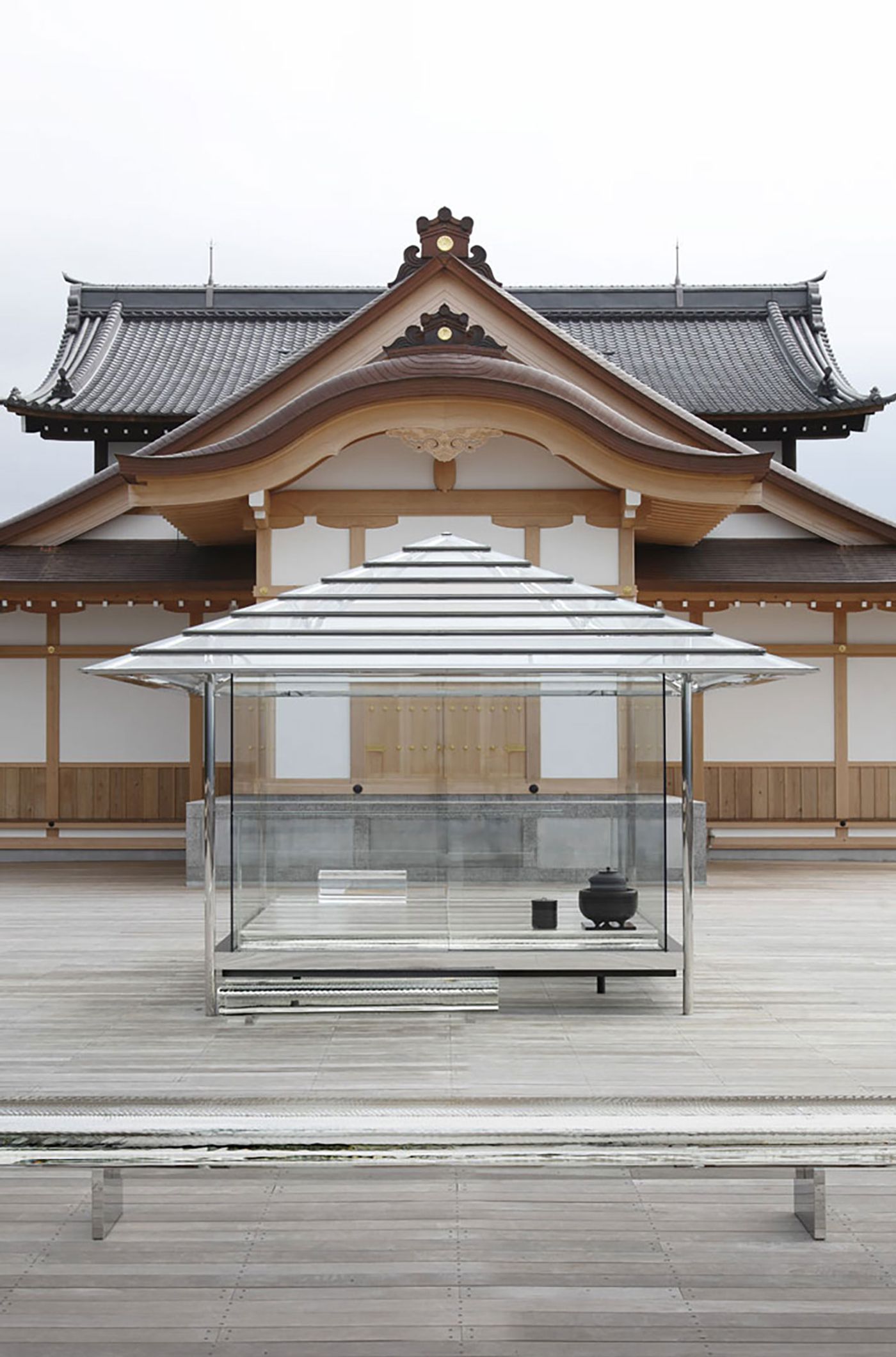
Τokujin Yoshioka KOU-AN Glass Tea House. Photo courtesy of Tokujin Yoshioka Inc.
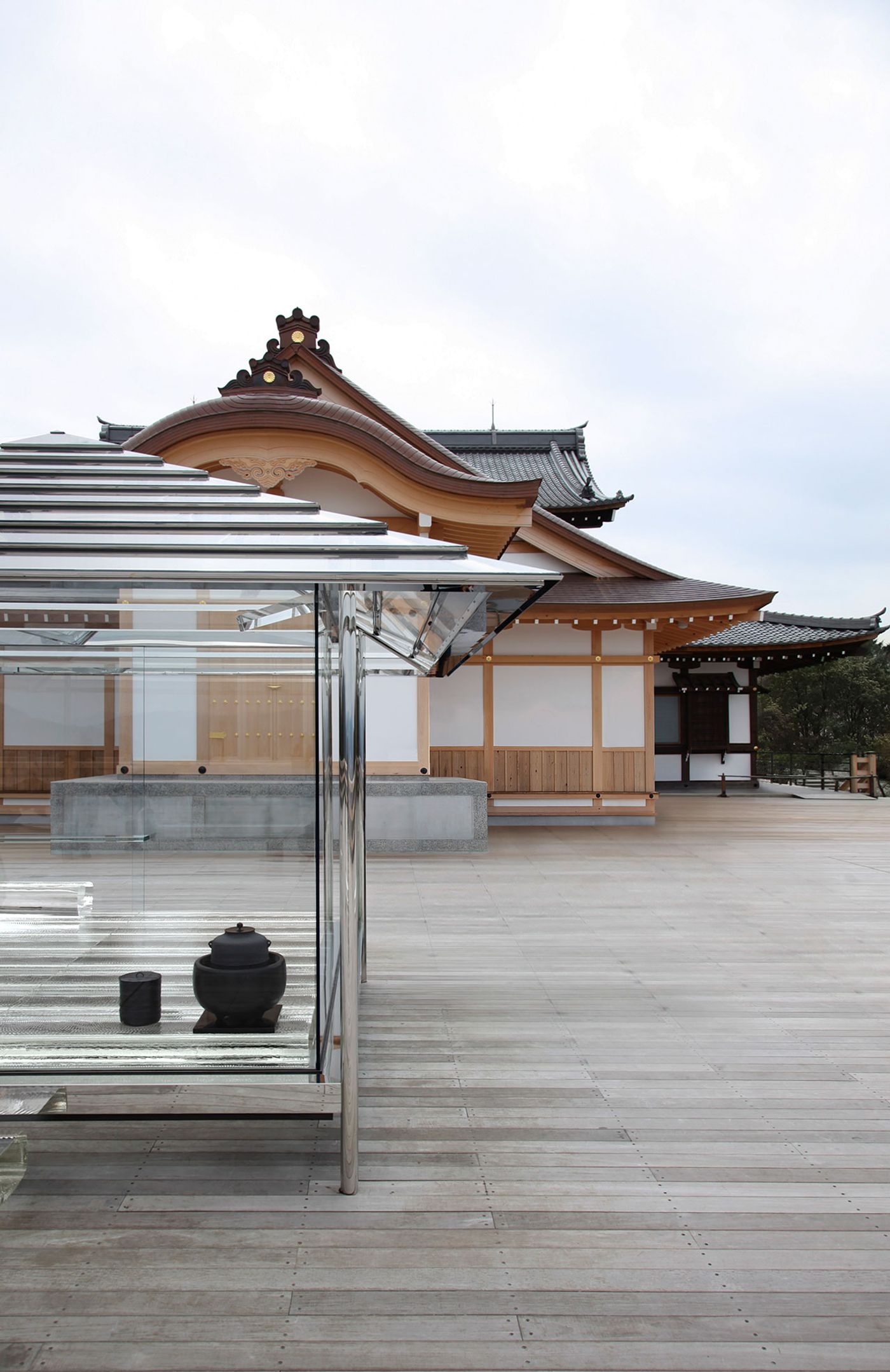
Tokujin Yoshioka KOU-AN Glass Tea House. Photo courtesy of Tokujin Yoshioka Inc.
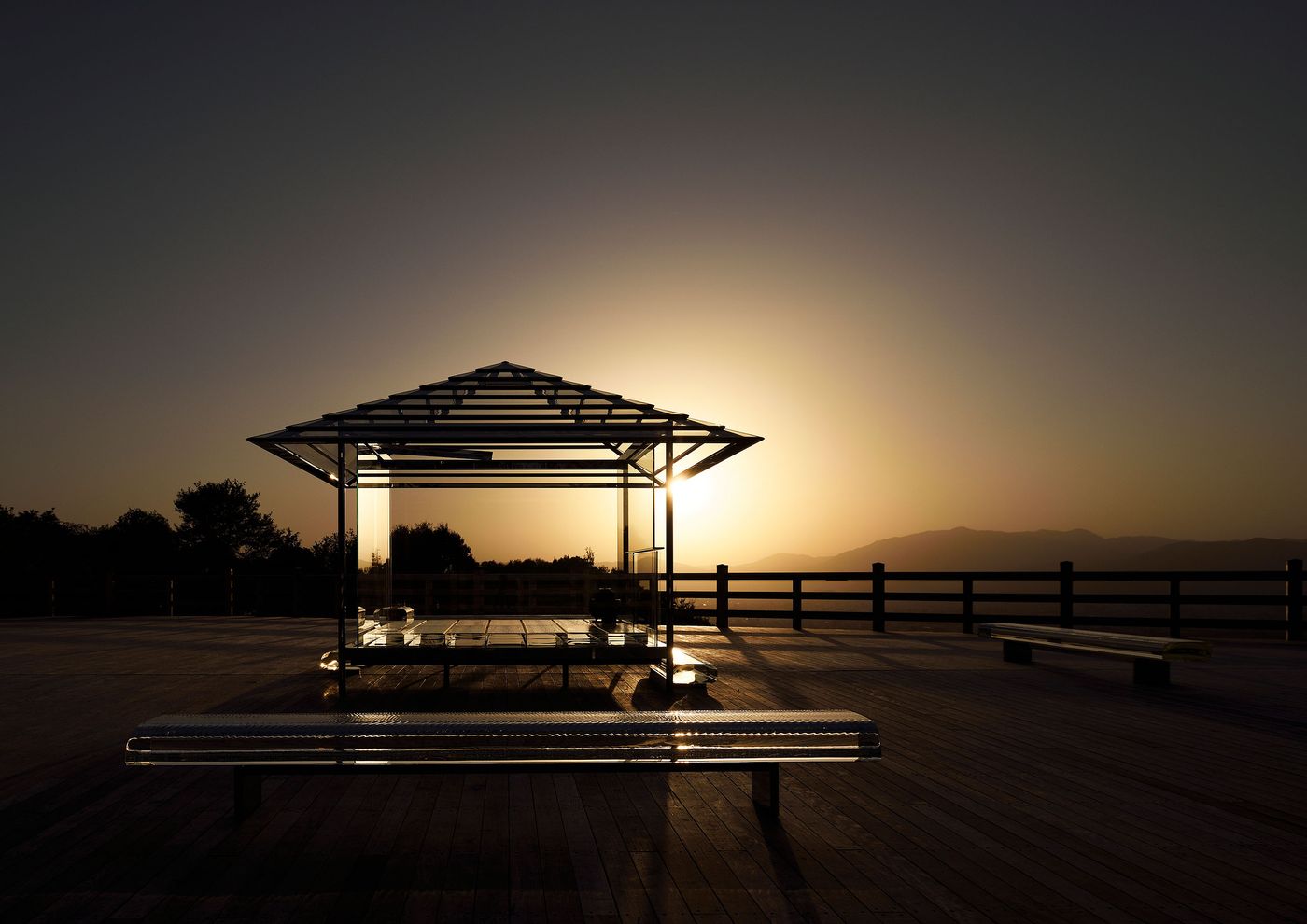
Tokujin Yoshioka KOU-AN Glass Tea House. Photo © Yasutake Kondo.
Is this yet another question on the subject of aesthetics and function in design? Or does Yoshioka’s comment reveal something else? It is true that the KOU-AN tea house brings out the performance-related and use-full aspects of its design, as it does ‘‘design the passing of time’’ through its relationship to the sun’s movement, its fragility and its evanescence. With plans to travel with the installation to other parts of the world, Yoshioka wishes to share ‘‘the essence of Japanese culture'’ — an initiative that will hopefully act as a catalyst to shed some light on issues of transparency and visibility in other societies and cultures as well.
{YatzerTip} Revisit Tokujin Yoshioka's mesmerising 'Crystallize' exhibition, which we covered back in October 2013.
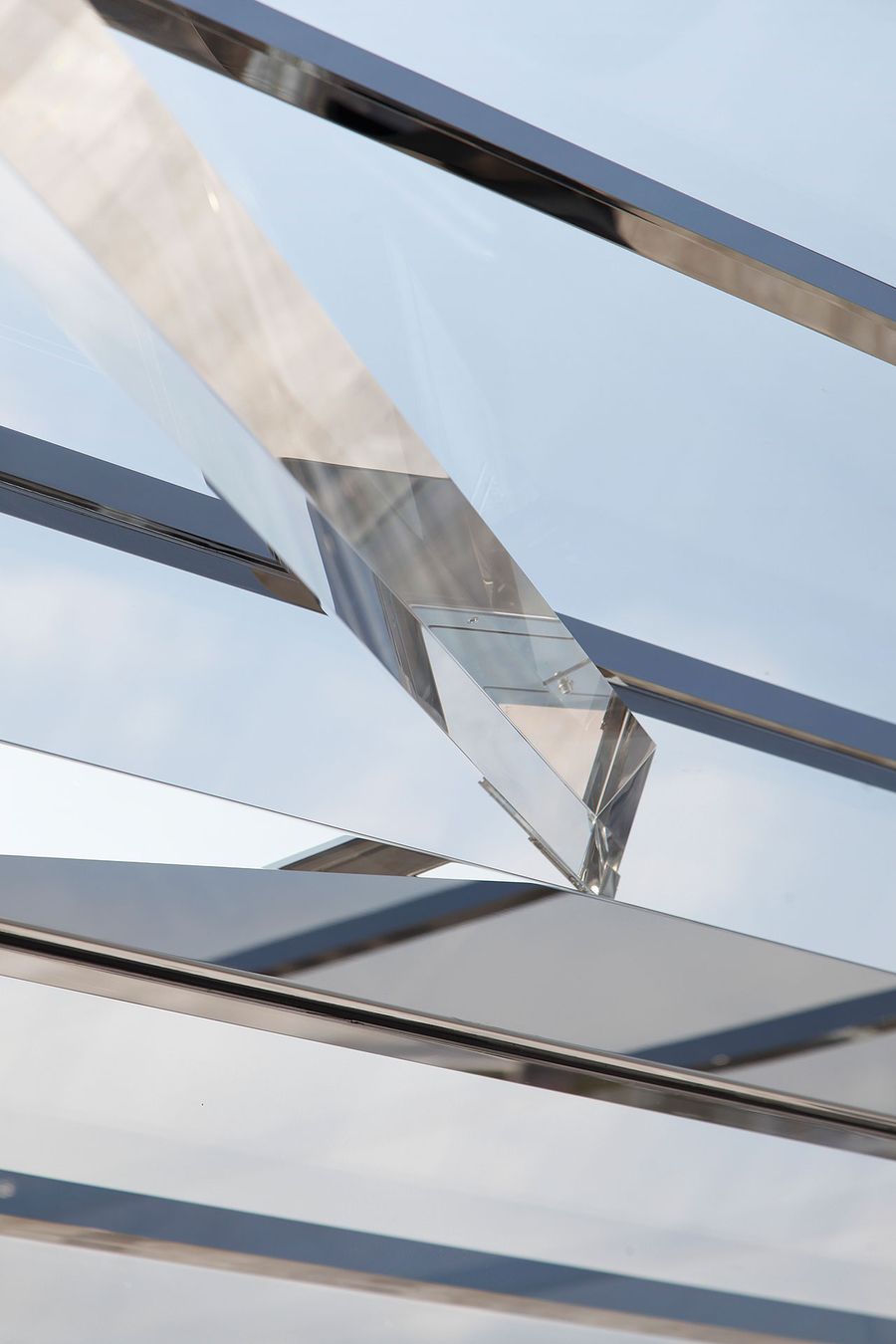
Tokujin Yoshioka KOU-AN Glass Tea House. Photo courtesy of Tokujin Yoshioka Inc.
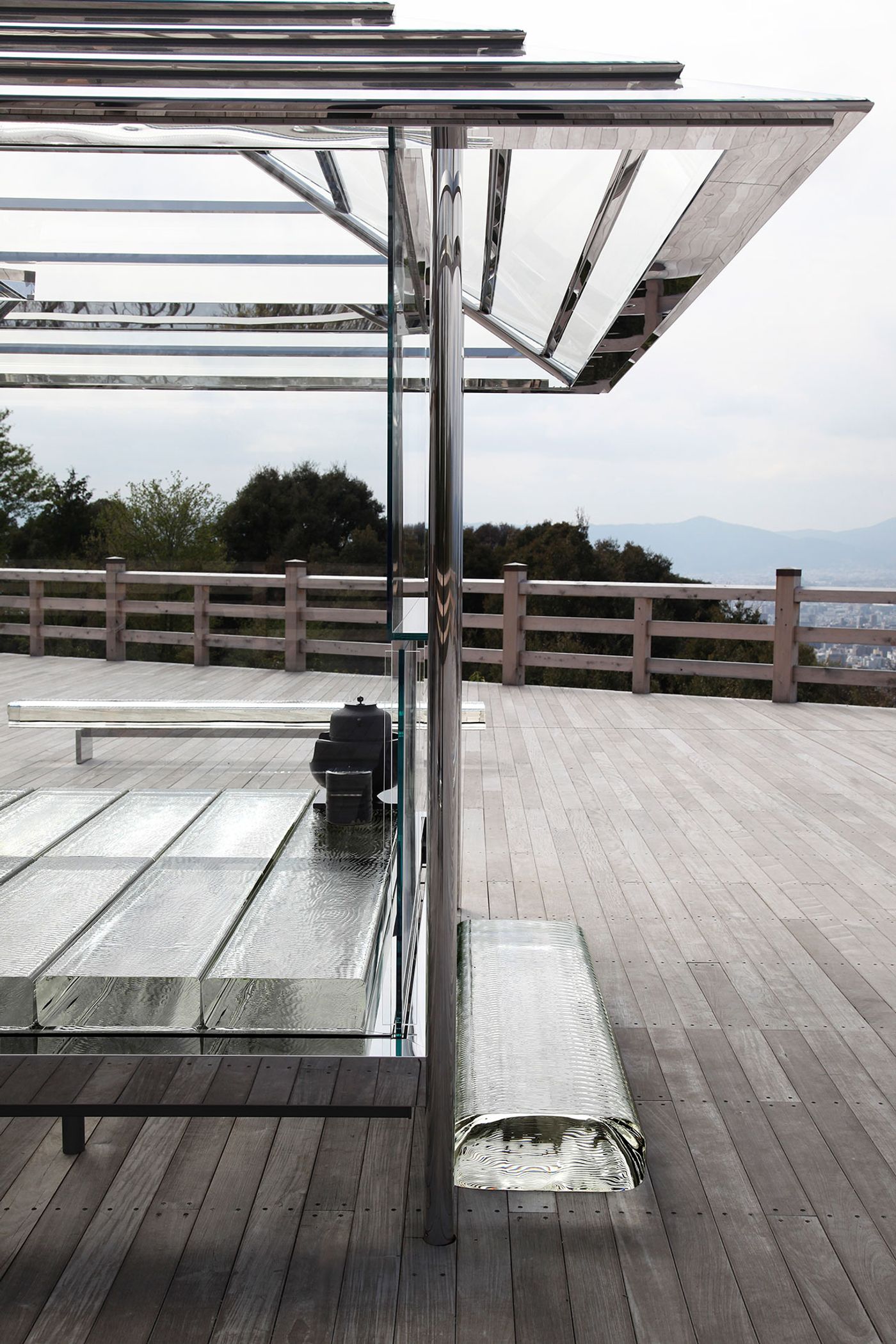
Tokujin Yoshioka KOU-AN Glass Tea House. Photo courtesy of Tokujin Yoshioka Inc.
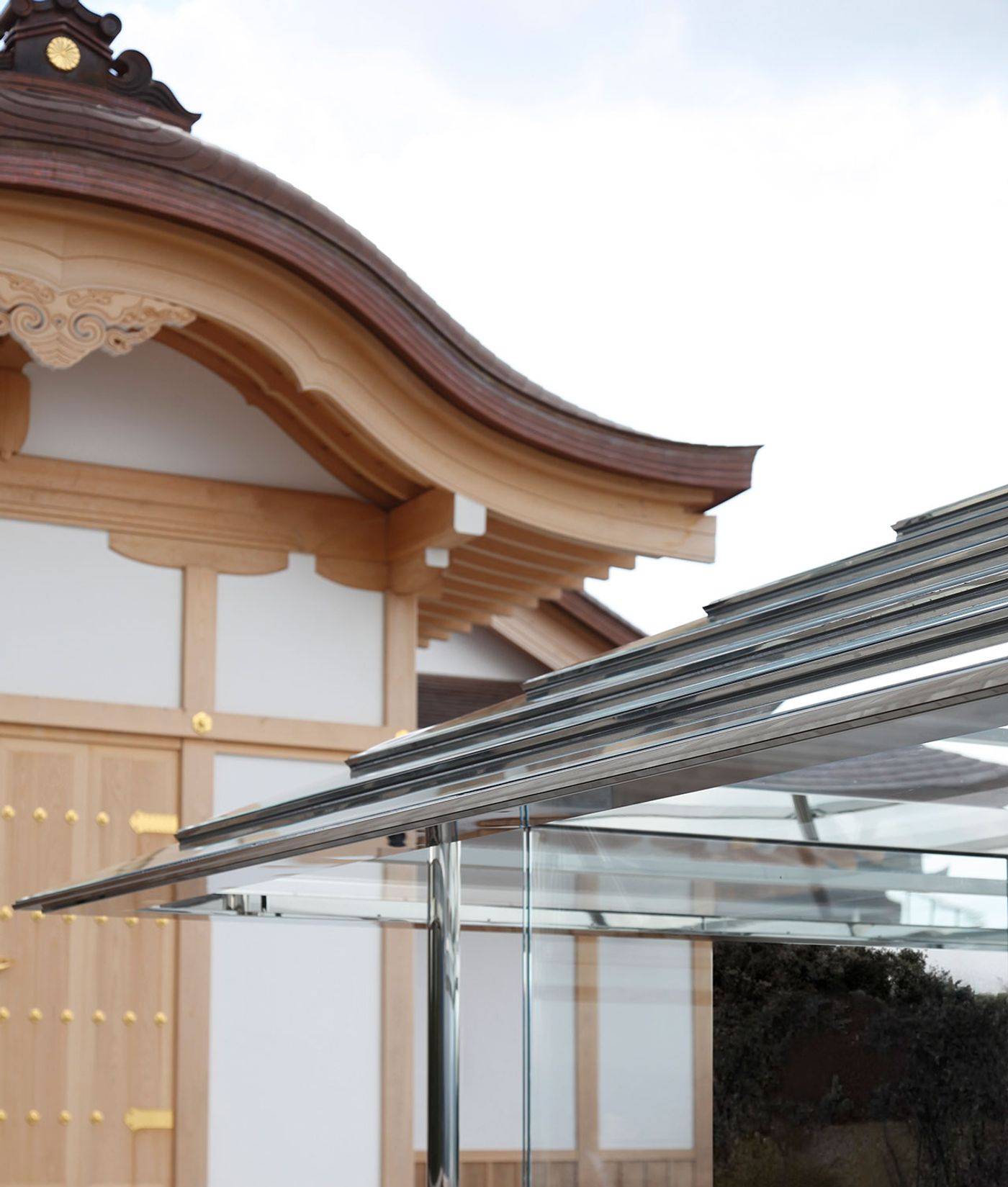
Tokujin Yoshioka KOU-AN Glass Tea House. Photo courtesy of Tokujin Yoshioka Inc.

Τokujin Yoshioka KOU-AN Glass Tea House. Photo courtesy of Tokujin Yoshioka Inc.
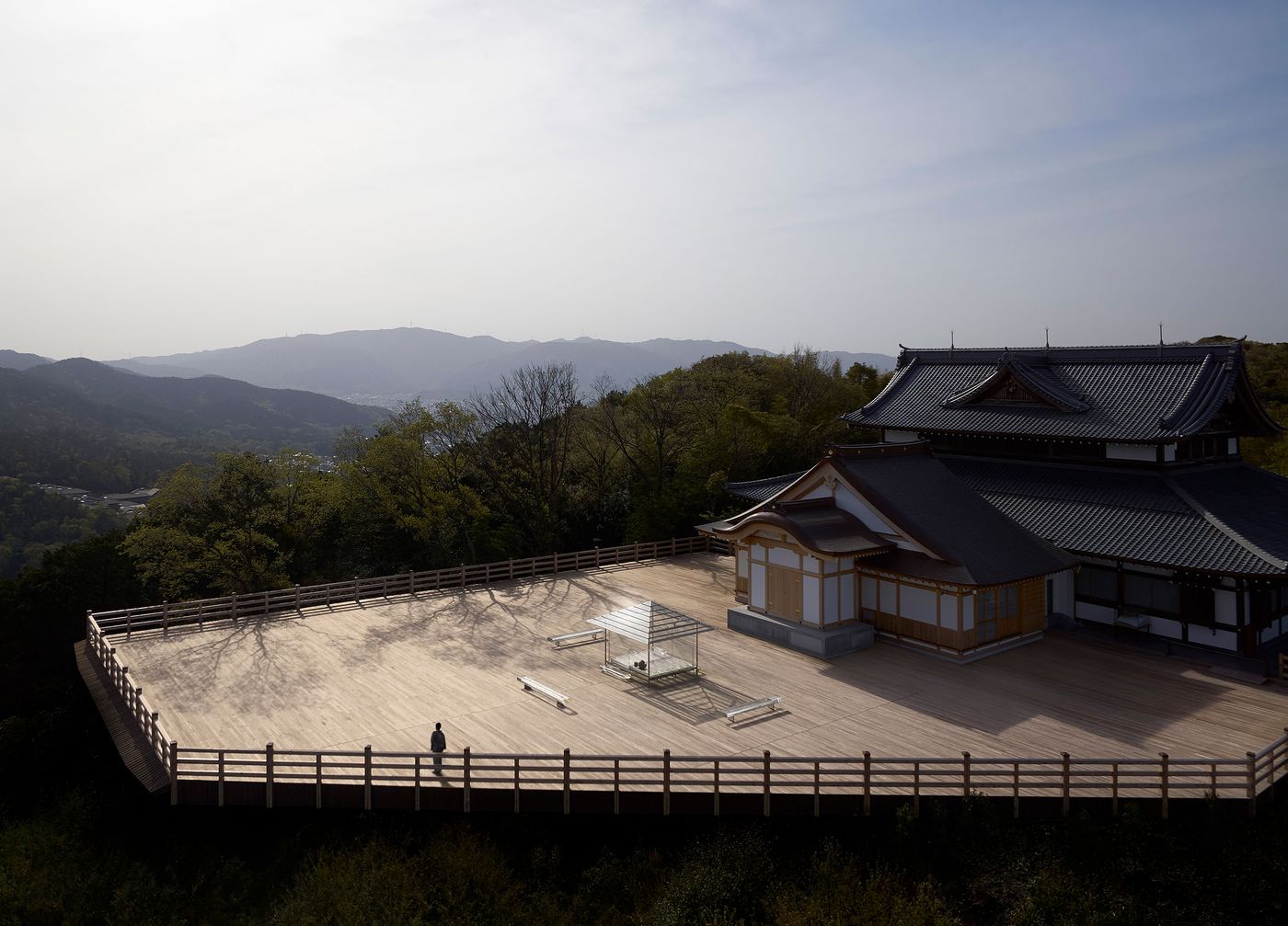
Tokujin Yoshioka KOU-AN Glass Tea House. Photo © Yasutake Kondo.
